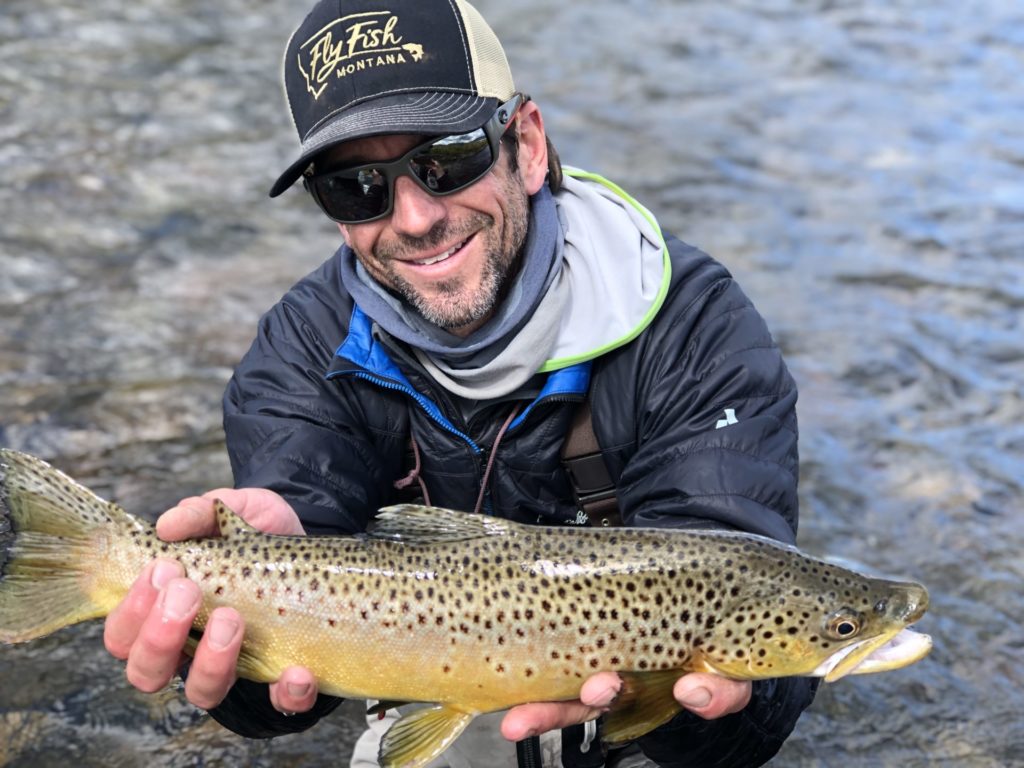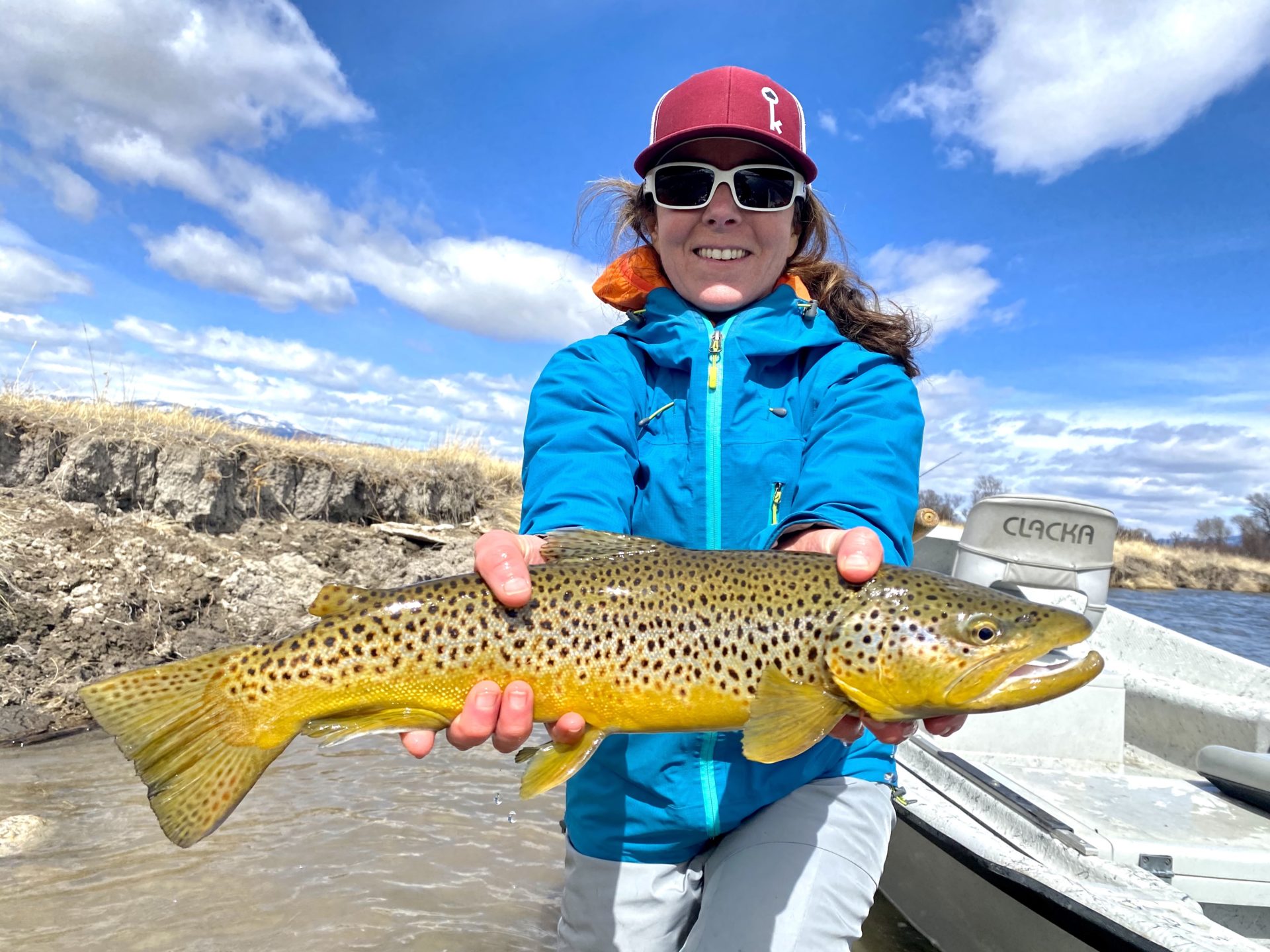
Southwest Montana offers an abundance of exceptional outdoor recreational activities – including blue ribbon fly fishing! Whether you want fish in the alpine lakes or lower rivers, the Bozeman, Livingston, Ennis and Big Sky areas have great options.
The best part about the Montana fly fishing season? It’s a year-round activity! Below is a Q&A about Montana fly fishing with Eric Knoff, REALTOR® with Knoff Group Real Estate and owner/outfitter of Fly Fish Montana.
** If you want a guided Montana fly-fishing experience, check the services Fly Fish Montana offers here**
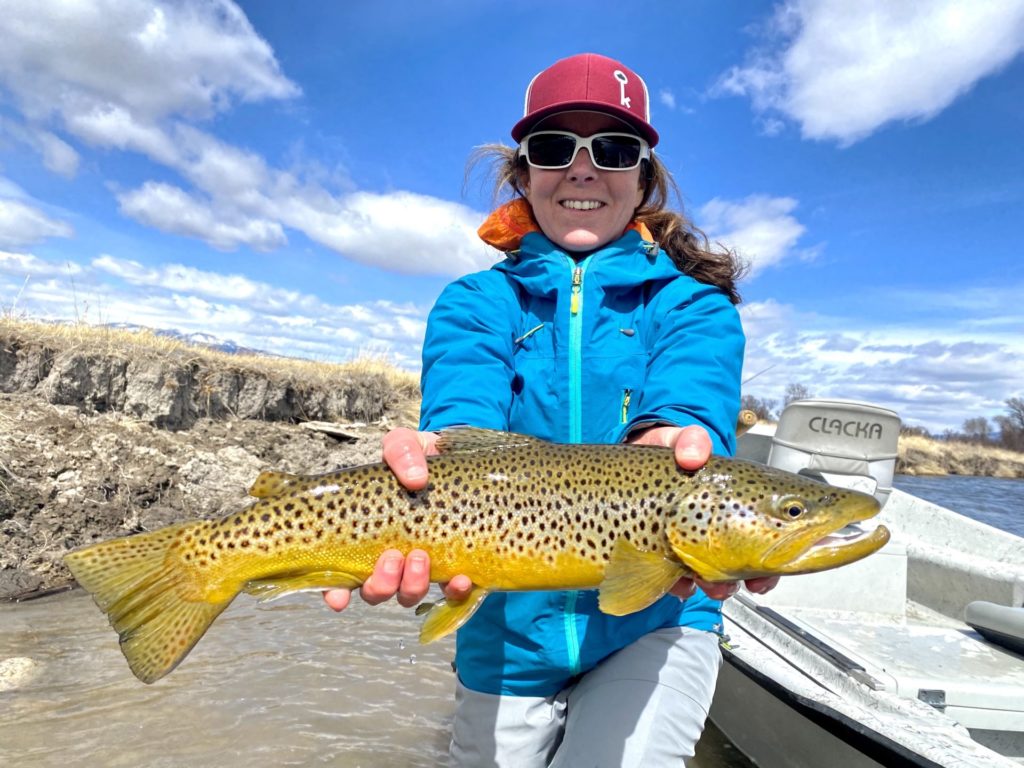
What makes Montana fishing unique?
Visitors and locals alike boast about Montana fishing and all it has to offer. You may be wondering why this is – what does the Montana fishing experience bring to the table that is unique? Montana rivers feature unmatched scenery. Imagine thousands of miles of fishable small streams and diverse waters – it’s never-ending.
The main feature that sets Montana fishing apart is the abundance of Blue Ribbon trout streams. A Blue Ribbon fishery/river is a designation made by the government that signifies recreational fisheries of substantial quality (think of it as world-class fishing). Montana rivers haven’t been stocked with trout since 1974, which means that all Montana trout streams have fish that have been born and raised in the local river system. In turn, this abundance of native and non-native wild trout categorizes a vast majority of waterways in southwest Montana as Blue Ribbon fisheries!
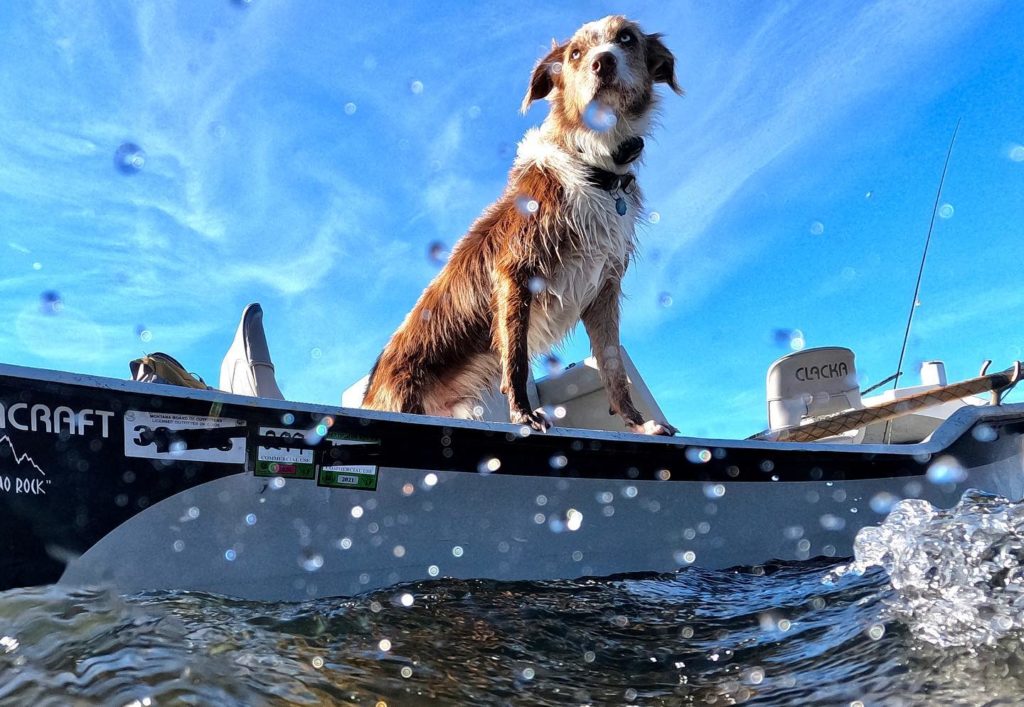
What type of fish can I expect to catch?
Native Yellowstone Cutthroat
The Yellowstone Cutthroat is the primary native trout species caught in southwest Montana. While not as abundant as it once was, you can still find cutthroat in the Yellowstone River and tributaries in and around Yellowstone National Park.
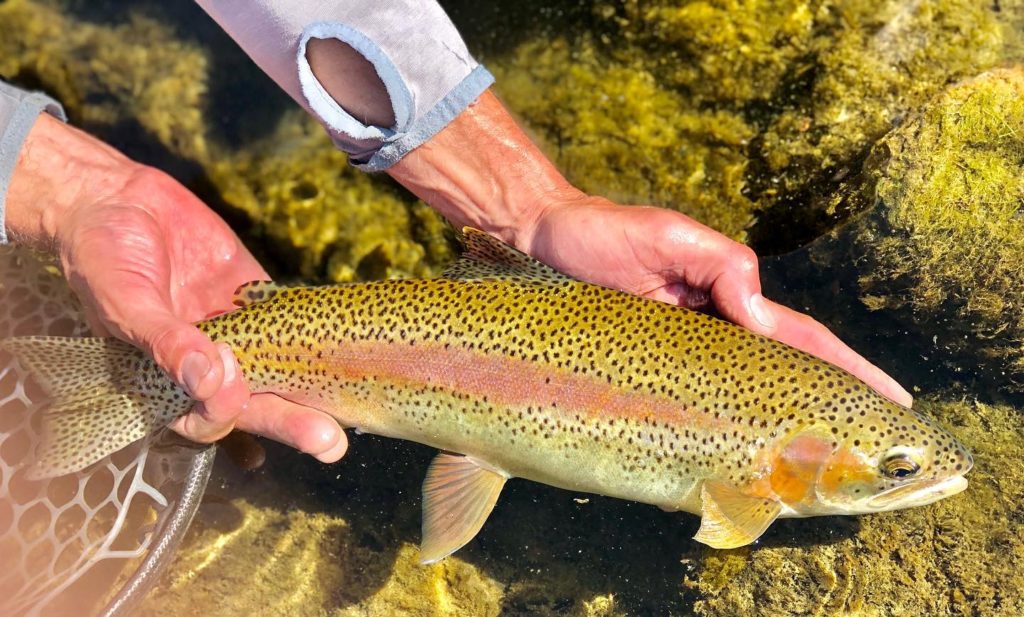
Non-Native Rainbow and Brown Trout
Rainbow and Brown Trout are the most common non-native species of trout found in essentially all rivers and streams in southwest Montana. While not native, they’re still wild – making them strong, healthy, and vibrant. You’ll know if you have a wild trout on the hook as they’re fiery and resistant – often making strong leaps in an attempt to escape. Once caught, even the most experienced fishermen are mesmerized by their vast array of colors and spots.
Whitefish
These are native fish that primarily live in rivers, but populations are also found in reservoirs and lakes. Mountain whitefish are found in most clear and cold rivers in western Montana.
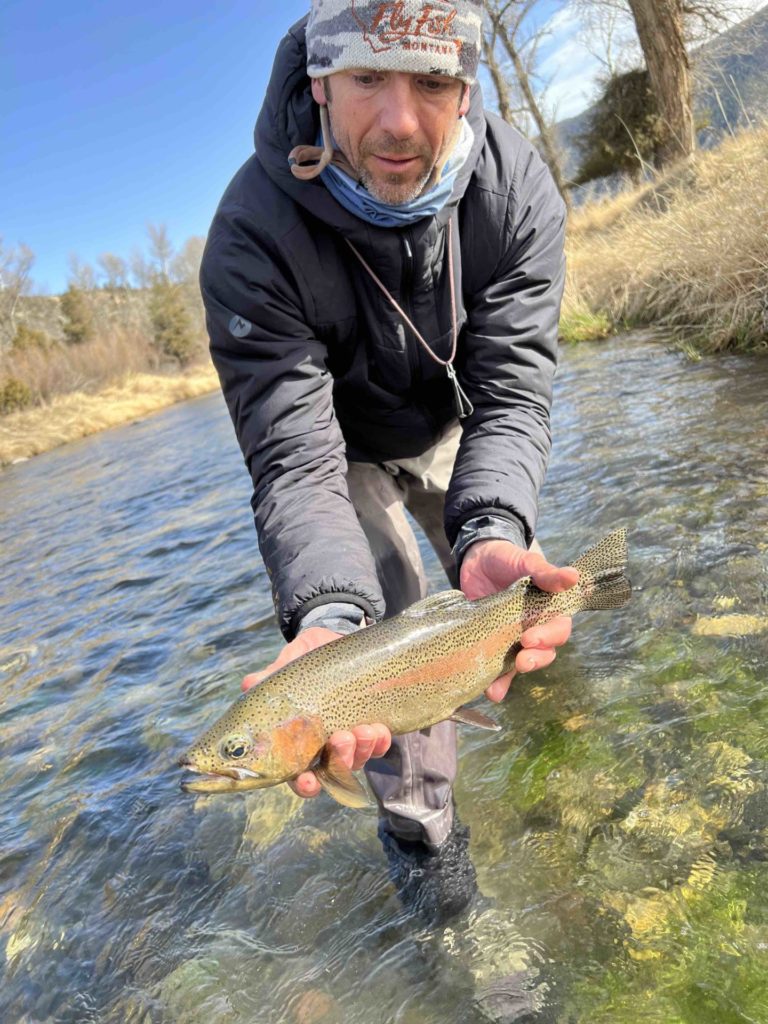
What are some Blue Ribbon rivers in the area?
The Madison River is approximately 183 miles long and runs through both Wyoming and Montana. It’s broken down into two geographic areas: the Upper Madison and the Lower Madison. The Upper Madison is a gorgeous section that runs through the Madison Valley from Quake Lake to Ennis Lake. It offers some of the most consistent fishing in the state and often boasts 20+ inch trout. The Lower Madison stretches 12 miles through Bear Trap Canyon and makes its way to the headwaters of the Missouri River. It’s prime for drift boat fishing and generously sized rainbow and brown trout. The Madison joins with the Gallatin River and Jefferson River to form the Missouri River.
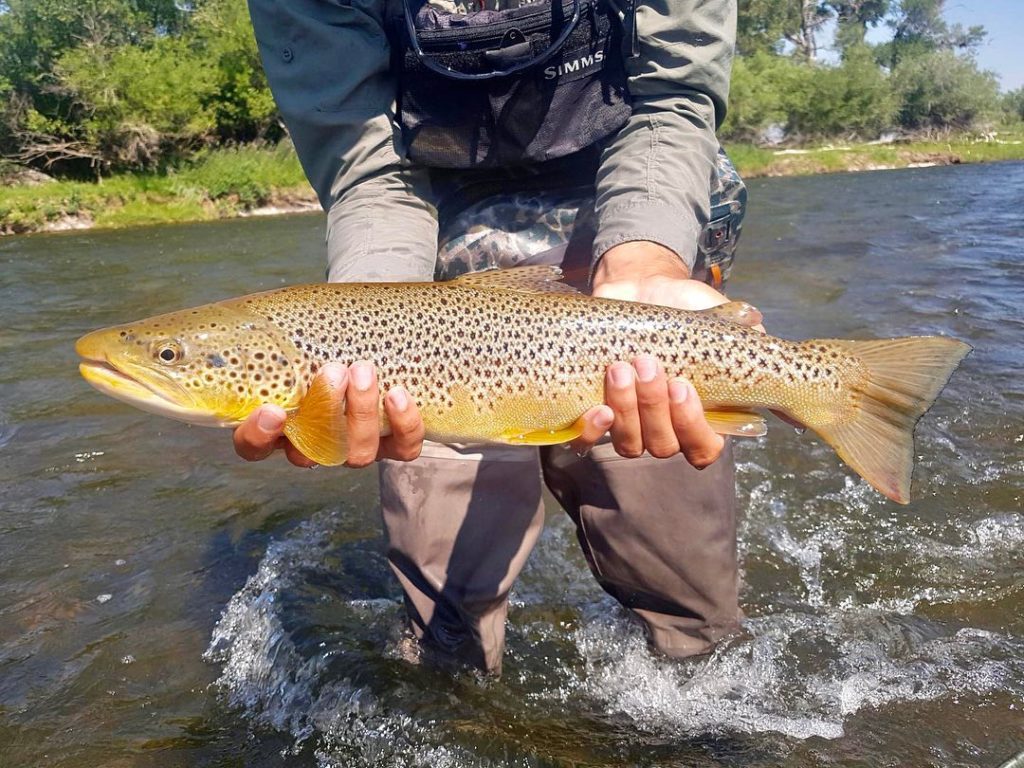
The Gallatin River begins in Yellowstone Park and flows approximately 120 miles north until its confluence with the Missouri River. Open year-round and extremely accessible, the Gallatin offers a wide variety of fishing options. While it’s one of the smaller rivers in the area and therefore often overlooked, it features abundance of wild rainbows and brown trout. You can even find cutthroat and grayling in the upper stretches of the river. The Gallatin River joins with the Madison River and Jefferson River to form the Missouri River.
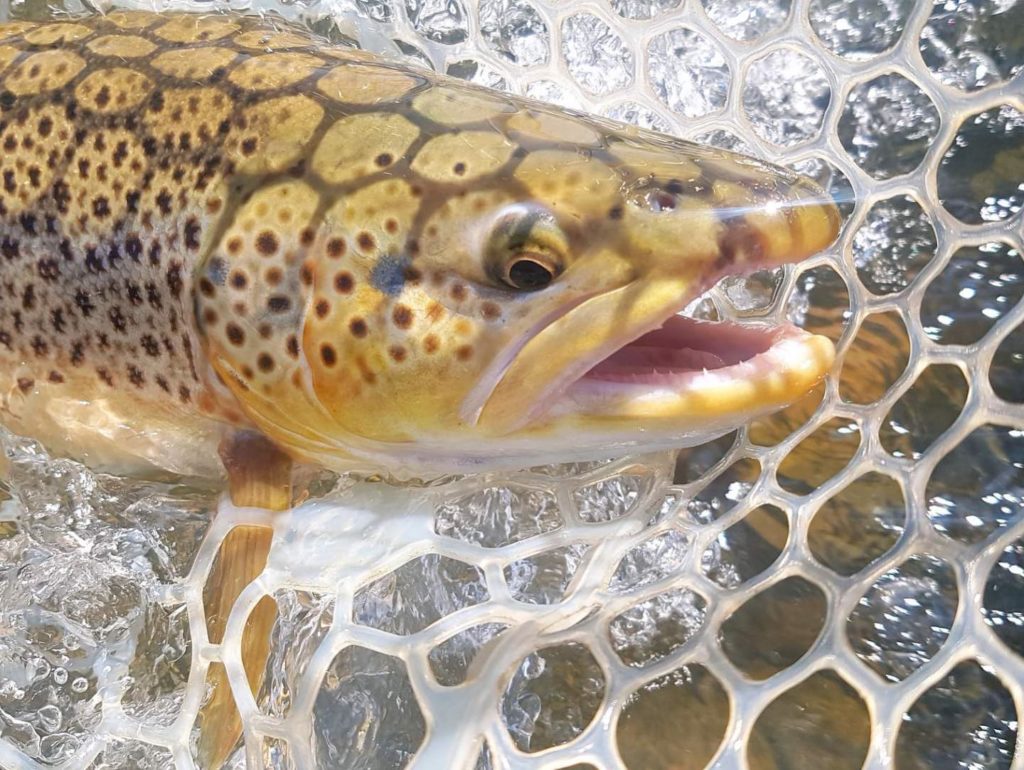
The Yellowstone River is the last major free-flowing, ‘free-stone’ river in the continental United States – stretching an unbelievable 680 miles. It begins in Yellowstone Park and eventually meets the Missouri River just past the North Dakota border (yes, that is how big Montana is!). The Yellowstone offers a wide variety of fishing options but is best for drift boat fly fishing. Paradise Valley, just outside of Livingston and a 45-minute drive from Bozeman is an iconic stretch on the Yellowstone River that offers stunning views and even better fishing.
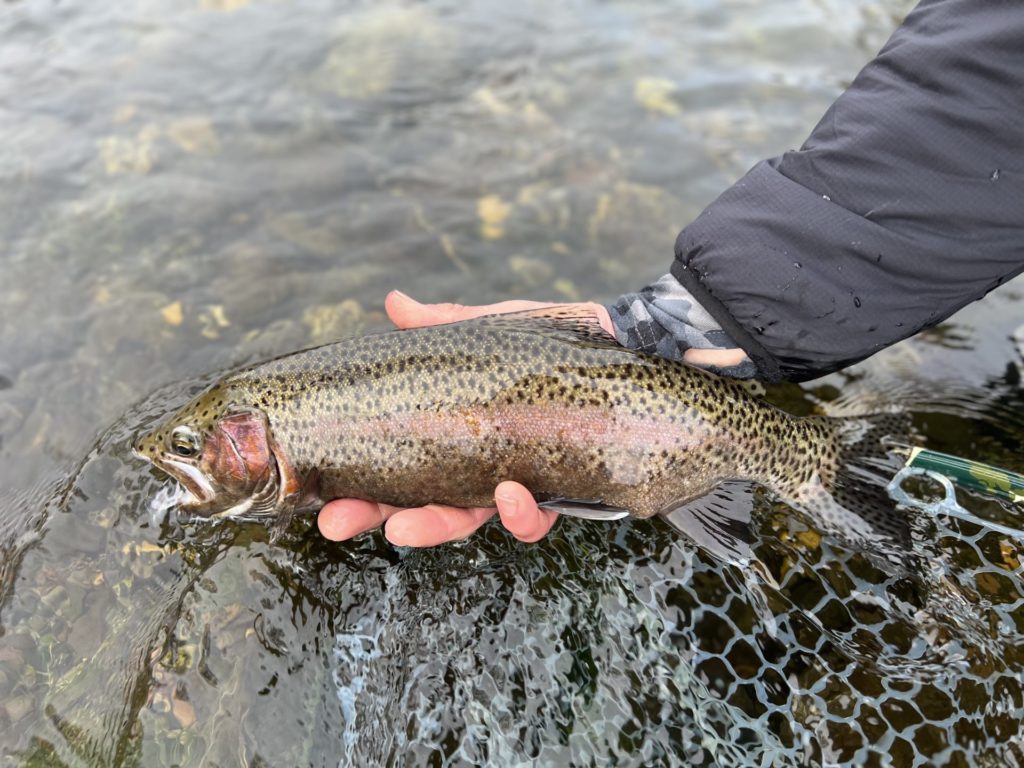
The Boulder River is an incredible fly-fishing river that stems from the Absorka Beartooth Wilderness and flows north until its confluence with the Yellowstone River. While the river is too rough for drift boats, but you can fish it with a white-water inflatable raft. Weaving down the river between picturesque granite boulders, anglers can net countless rainbow trout and brown trout on a good day.
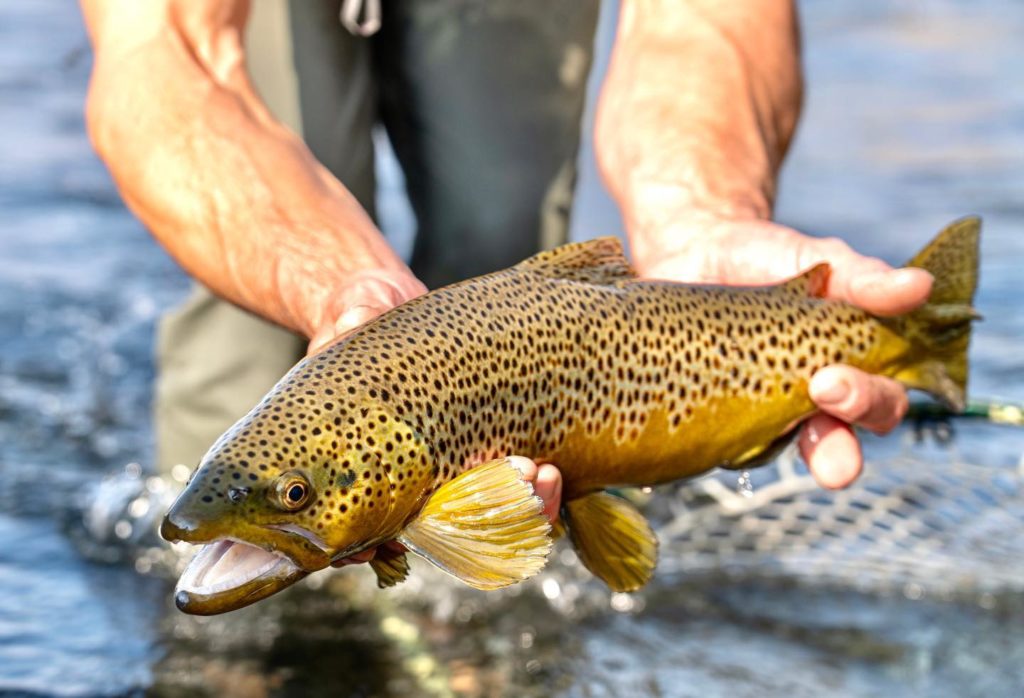
What season is best for fishing in Montana?
Believe it or not – the fishing season in Montana never ends. You heard that right – you can fish 7 days a week, 12 months a year. So, finding the best season to fish really depends on personal preference. Summer and fall are the most popular months to chase trout in the area. Summer is a great time to hit the river as you typically don’t need waders (get your legs wet!) and can enjoy the fresh air. Fall is quite possibly the best time to fish – air and water temperatures start to drop, and the trout begin to feed aggressively as they prepare for winter. If you’re on the hunt for a trophy brown trout – fall fishing will be your best bet as the brown trout spawn and chase large streamers.
Winter fishing isn’t for everyone (especially in Montana) – as the colder temperatures can be hard to brave. When temperatures drop below freezing, the fish start to slow down. However, one predictable behavior of trout is that they stack up in slow, deep pools during the winter months in order to conserve energy. Therefore, this often means that if you find one fish – you’re likely to find many.
As winter turns to spring and the temperatures start to rise, so does the fishing productivity. Rainbows begin to spawn, creating fairly predictable patterns. Spring fishing brings about less crowds – which makes for an extremely enjoyable experience on a warm, sunny day.
Want to try fishing without worrying about what to use, gear to bring, etc.? Try a guided fly-fishing experience, view services from Fly Fish Montana here.
